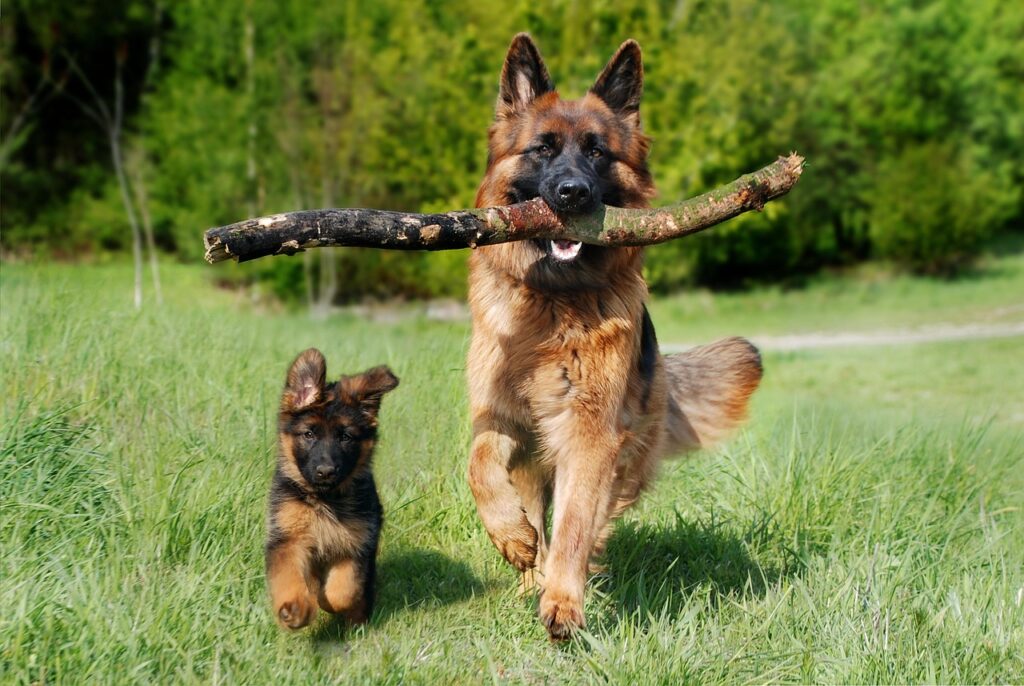Dogs Wagging Their Tail? Understand It’s Meaning
Tail wagging in dogs is a form of communication, expressing their emotions and intentions to other dogs and humans. It is a crucial means for them to convey their feelings in various situations.
Understanding this behavior is essential for interpreting a dog’s emotions and ensuring positive interactions with them.
Many reasons will help you understand why your dog is wagging its tail here.
Happiness and Excitement
One of the most common reasons a dog wags its tail is because it’s happy and excited. This often happens when they see their owner, when they’re playing, or when they’re about to go for a walk.
Friendliness
Dogs may wag their tails when they encounter a new person or another dog to signal that they are approachable and friendly. It’s a way of saying, “I mean no harm.”
Relief
If a dog has been anxious or stressed and then the source of the stress is removed, they may wag their tail as a sign of relief.
Curiosity
Dogs might wag their tails when they’re curious about something. This is often seen when they encounter a new scent or object.
Submissiveness
In some cases, a dog may wag its tail to show submission or deference to a more dominant dog or person. This is often accompanied by other submissive body language like lowered head and body.

Warning
In certain situations, a dog may wag its tail in a stiff and upright manner as a warning sign. This is typically seen when a dog feels threatened or challenged.
Frustration or Confusion
Dogs can also wag their tails when they’re frustrated or confused. This type of wagging is usually slower and may not involve the whole tail. It’s a sign that the dog is trying to figure out a situation.
Let’s emphasize that when we’re trying to understand what a dog’s tail wagging means, we need to pay close attention to the bigger picture, including the dog’s overall body language.
The speed, height, and position of their tail can all give us valuable insights into their emotions. For instance, a quick, high-tail wag usually signals excitement and joy, whereas a slow, low wag might suggest caution or uncertainty.
It’s essential to grasp a dog’s entire body language to communicate effectively with them and ensure safe interactions.
Tags










